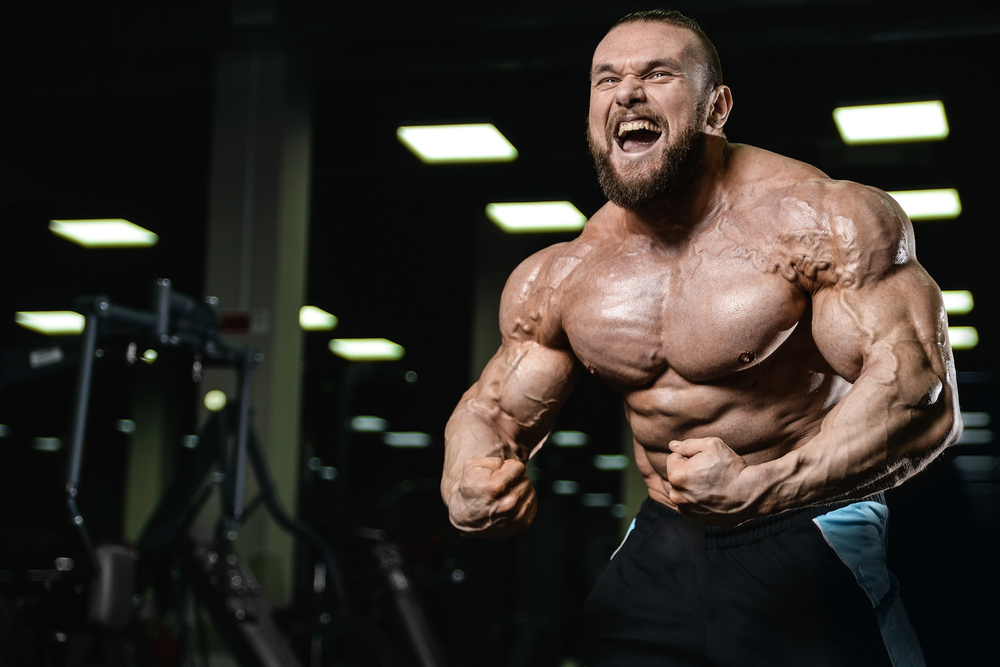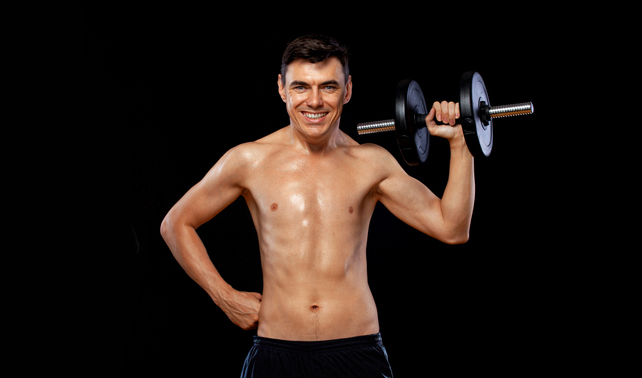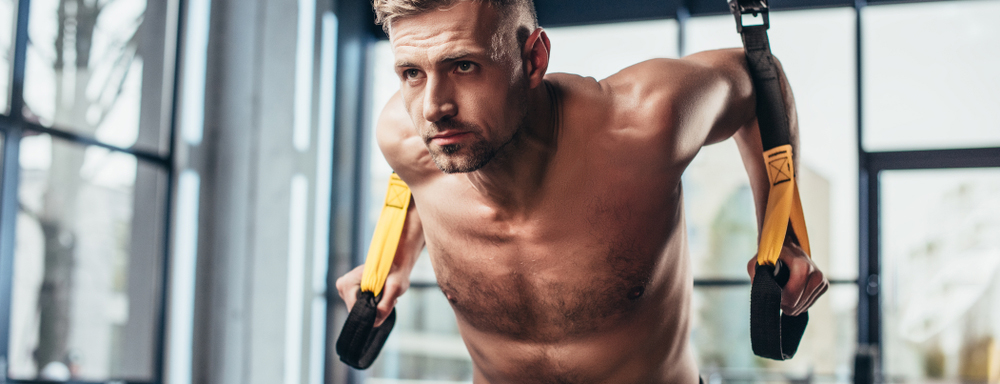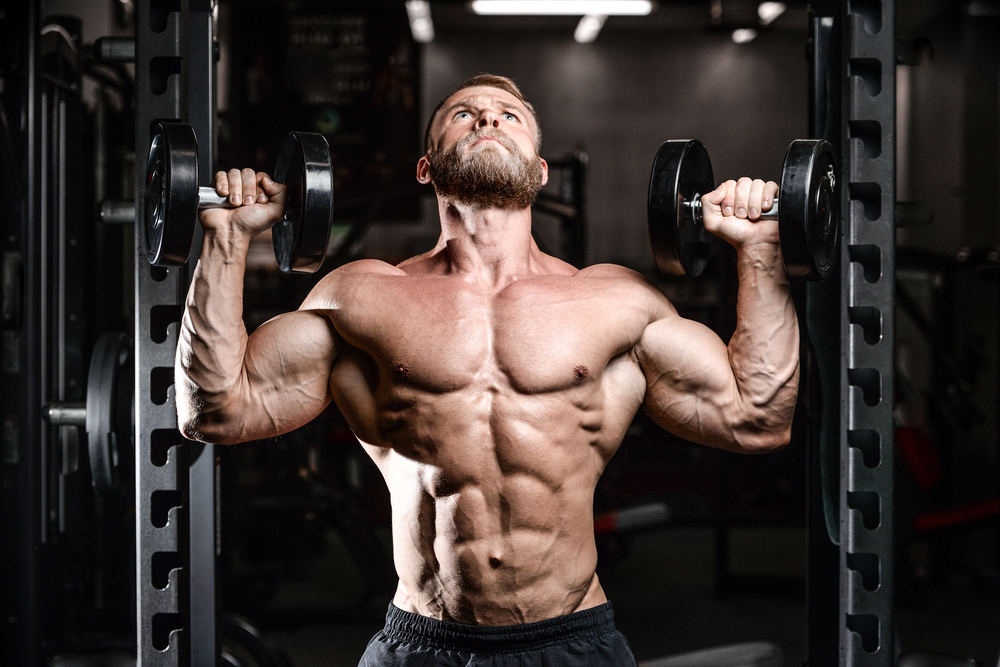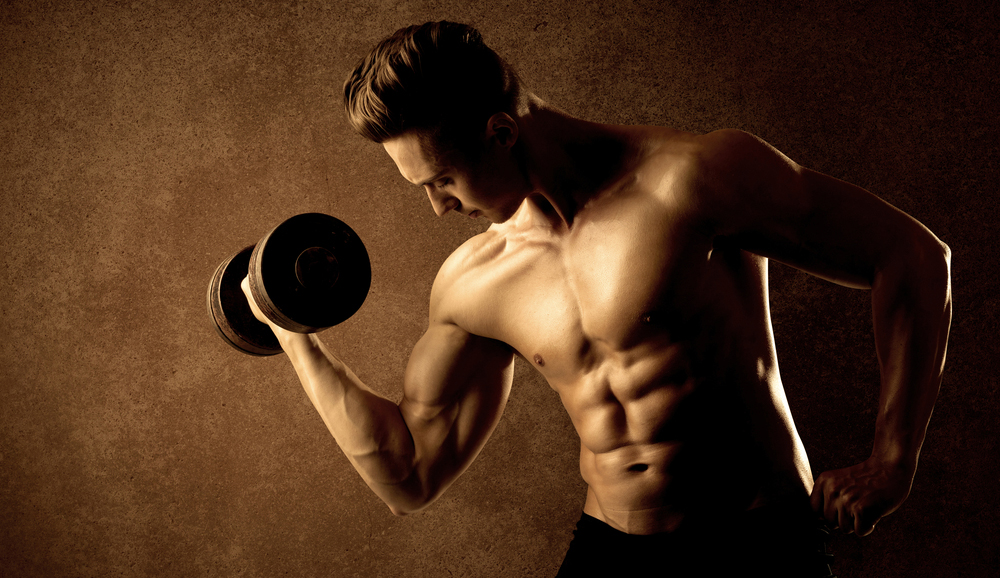The marriage of weight training and combat sports is always a subject of debate in gyms, training rooms, clubs, etc. . . Indeed, it is often said that weight training is useless for a fighter, that it is only "the aesthetics of bulking up", that it makes you slow, etc.
But at a time when virtually every sport in the world uses strength training to improve its performance, why should combat sports be an exception to the rule?
Optimised, repeated from time to time, "consumed in moderation", it will be said, strength training can be beneficial to boxers, karateka, kung fu practitioners and any other martial sport.
The question is: how to optimize weight training to improve performance? Focus on the subject.
Why do you practice weight training?
In order to better understand why weight training is necessary for fighters, we must remember some basic notions.
Firstly, it is necessary to know that the practice of a high level sport leads to muscular imbalances. These imbalances are the result of years of repeated efforts by the athlete, causing the body to adapt to the movements, thus improving performance, protecting the body and saving energy. However, a physical programme should aim to develop the different antagonistic muscles of the body equally. The ratio between the front and/or back of the shoulders, for example, upper/lower trapezius, pectorals/dorsals, abdominals/lumbar and quadriceps/ischios should be balanced.
Secondly, it should also be remembered that strength training for fighters is important from a performance point of view. Indeed, it allows to increase the power of striking, the endurance and the resistance, to have a better defence, to increase the amplitude of the movements, etc. . .
Finally, as in all contact sports (rugby, football, etc. ), weight training also helps to protect the body. When you take a blow or a shock, a very quick reaction occurs, contracting the muscles of the body to protect it. These are the passive defence muscles. We notice that the muscles of passive defence are mainly those of the cervical region (trapezius, neck) and those of the abdominal strap (abdominal, oblique, lumbar).
Optimising strength training for combat sports
Martial artists often prefer to stick with tradition. This is not a bad idea, as some rustic training methods give incredible results, both physically and mentally. However, it is quite possible to combine tradition with science for maximum effectiveness.
It is not the intention here to provide a classic "bodybuilding" type programme, as this would be useless for a martial artist. On the other hand, it is important to understand that the body is a tool to fight an opponent. The difference between a fighter who does bodybuilding as a supplement and one who only does traditional physical activities will not be palpable at the beginning, but will be visible in the long run.
Athletes who have been able to exploit their bodies have a longer life span and good health once their career is over. From now on, it is important to optimise, maintain and protect the body, which is itself the tool of combat. A fighter's sports programme does not have hours to devote to weight training. Because of the high level of physical activity, a fighter's recovery capacity is limited, and the time spent on strength training must not interfere with the fight.
It is therefore essential to focus on the essential.
1- Focus on something simple!
The basic movements of bodybuilding must reproduce the movements of the fight as much as possible. In the words of the book FIGHT by Frédéric Delavier and Michael Gundi/1, "we must try to reproduce the same orientation of gesture, the same orientation of force, the laterality of a combat technique, the same amplitude and the type of contraction necessary for the technique performed".
2- Plan the training well
In order to avoid excess physical effort and therefore overtraining, it is important to plan and regulate the hours devoted to weight training and those devoted to the training itself. However, there is no miracle combination. It varies for each person depending on their genetics, level, time frame and physical capacity. It is also important to identify the right exercises specific to the discipline being practiced, and to ensure that the transfer of the exercise into combat is possible and realistic.
3- Train a lot
For strength training to have an effect on a fighter's body, it is important that the majority of the physical effort is combat. Strength training should be a complement, not a part of the training. Whether he is a wrestler, boxer or free fighter, it will be just another tool to improve his performance, be healthy and extend his life.

